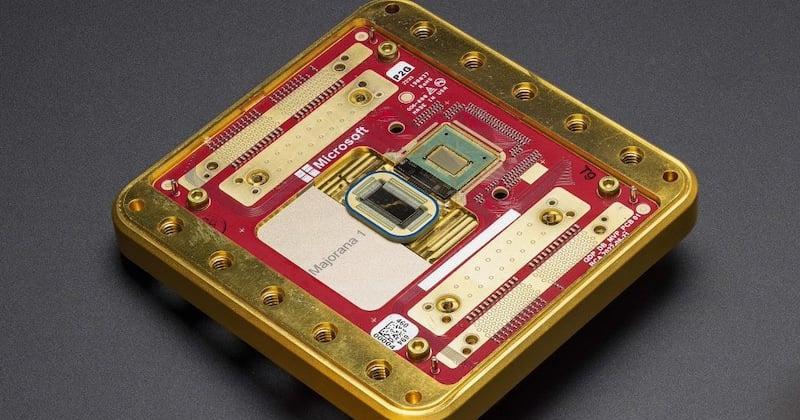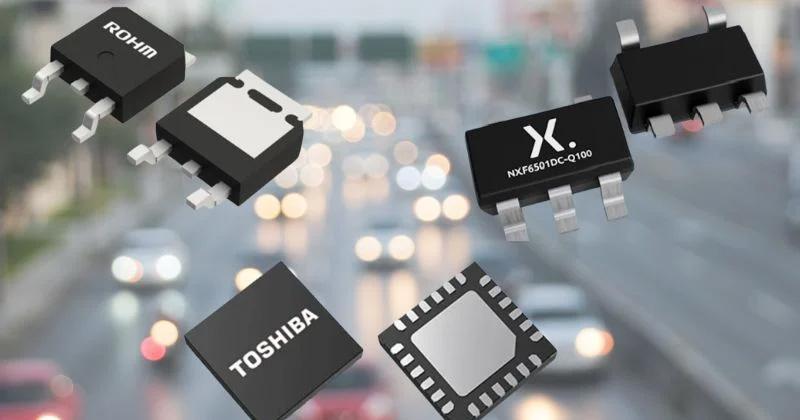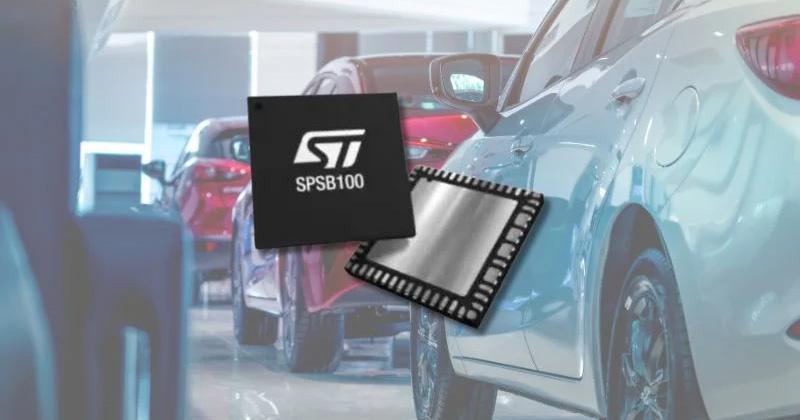
Siemens Unwraps Electronic Systems Design Software With AI Enhancements
Siemens has announced upgrades and AI enhancements to its flagship electronics design suite. The suite integrates upgraded tools and multidisciplinary project lifecycle management (PLM) with cloud-based collaboration and enhanced security. While printed circuit board (PCB) design is at the core of the toolset, the new suite covers the full gamut of the design process and leverages cloud computing and artificial intelligence (AI) functionality.
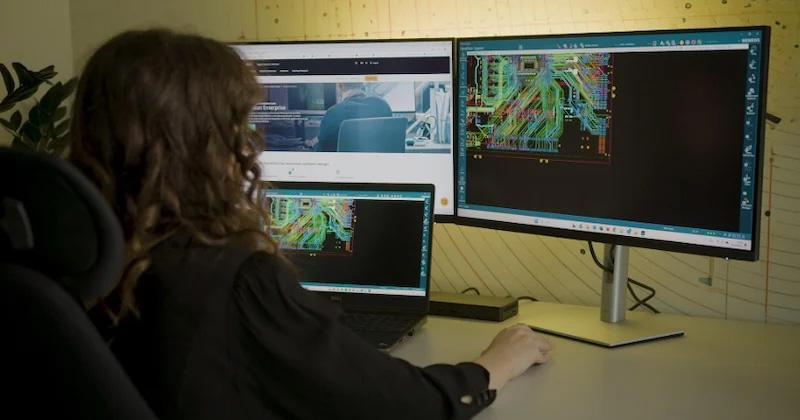
Siemens end-to-end design suite.
Siemens claims it observed individual designer needs and greater industry trends to develop this system. Today’s large engineering design projects need to consider broad external factors such as a workforce in transition, long-term instability in the supply chain, and both positive and negative uncertainties that come with AI infusion—and Siemens took these demands into consideration in the upgraded tools.
A Breakdown of the Upgrades
The system has six core modules anchored around three flagship products. Xpedition and PADS have a storied history as premium electronic design software packages, and Valor has been the industry's leading design for manufacturing (DFM) solution for many years. The new release integrates the latest version of the three packages into a design flow with software to cover all key project needs. The packages include:
-
Xpedition: PCB and electronics systems design software for enterprise teams
- Innovator 3D IC: IC packaging and planning tool for integrating ASIC and chiplet chips
- HyperLynx: A set of PCB analysis and verification tools
- PADS Professional: PCB design for smaller teams
- Valor: DFM software for taking the PCB design to the manufacturing floor
- PartQuest: Cloud-connected supply chain and bill of materials (BOM) management system
Siemens includes connectors for its additional modules, such as TeamCenter NX product lifecycle management (PLM) software, SimCenter, and similar products from Siemens' third-party partners. The suite also connects electronic design with mechanical computer-aided design (MCAD) to improve collaboration and reduce team and logistics-based overhead.
Design Suite Capabilities
Circuit design today is a far more holistic operation than ever before. Manufacturability must be considered at the beginning of the design process, and DFM encompasses a broader scope than it once did. Between regulatory concerns, cyber security, uncertainties about part availability, and new innovations, design teams have much to consider before the first mouse movement.
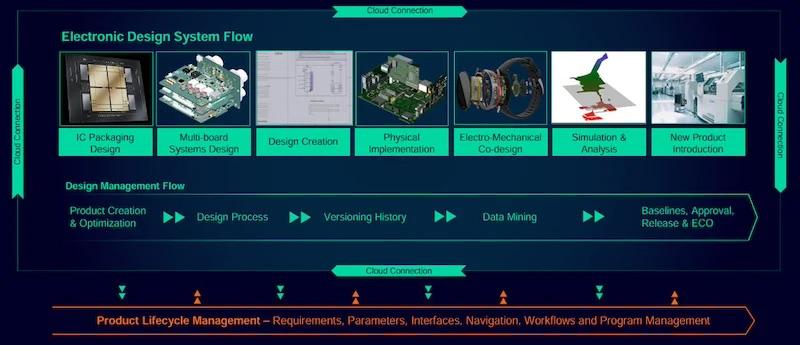
Siemens Design Platform addresses end-to-end complete development flow.
The PLM and end-to-end integration enable various disciplines to immediately be aware of work from other teams. For example, a mechanical designer working on the product package may determine a physical constraint, such as a needed bolt hole. When the MCAD designer places the constraint in, the PCB layout operator instantly sees the constraint and can route around it or move existing routing away from it. The same goes for designs with multiple PCBs or custom chip pin layouts. The system passes information awareness back and forth throughout the design flow.
Artificial Intelligence Enhancements
AI is used in the design suite to help users with their tasks, not replace the users. One area that makes good use of AI is the PCB router. The newly enhanced Xpedition and PADS PCB design software use AI to suggest and guide the PCB designer through the routing process. Even in manual routing, the AI looks ahead, helps keep the layout operator out of bad-end situations, and provides guidance along the way.
Siemens also offers AI to help users operate the software suite. One of the biggest challenges with upgraded software is transitioning from the old way of doing things. The new suite uses AI to anticipate what a user might need to do next. With that anticipation, the software can guide the user so they don’t have to waste time hunting through menus or trying to remember a new process. Using predictive AI allowed Siemens to improve the user experience with minimal retraining and design disruption.
Leveraging the Cloud
Complex projects require complex tools and multiple collaborators. Further, those collaborators are all too often spread across multiple locations, sometimes around the world. Using the cloud is the only practical solution to allow such an environment to work, and the Siemens design suite follows that approach. Cloud connections also enable collaboration with design and PLM software from other vendors.
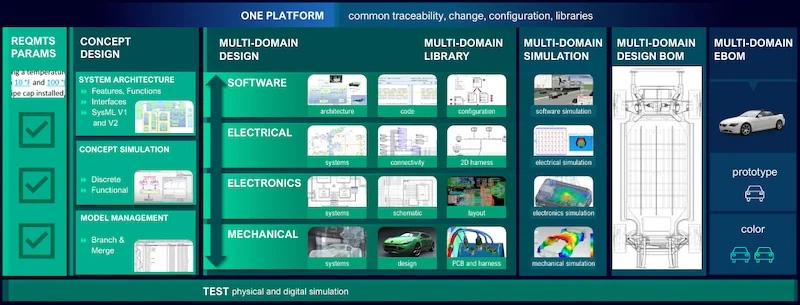
Cloud-based operations improve workflow for distributed multi-disciplinary teams.
Security is a great concern with disbursed teams and cloud software. While cyber-attacks are a big issue, IP theft and exposure to nefarious actors are potentially an even bigger problem. The design suite comes with extensive controls that prevent access to critical data when in unapproved locations or environments. The software uses geofencing and location-based security in addition to the more standard user-based security. The controls yield better security and compliance with military and aerospace security requirements.


